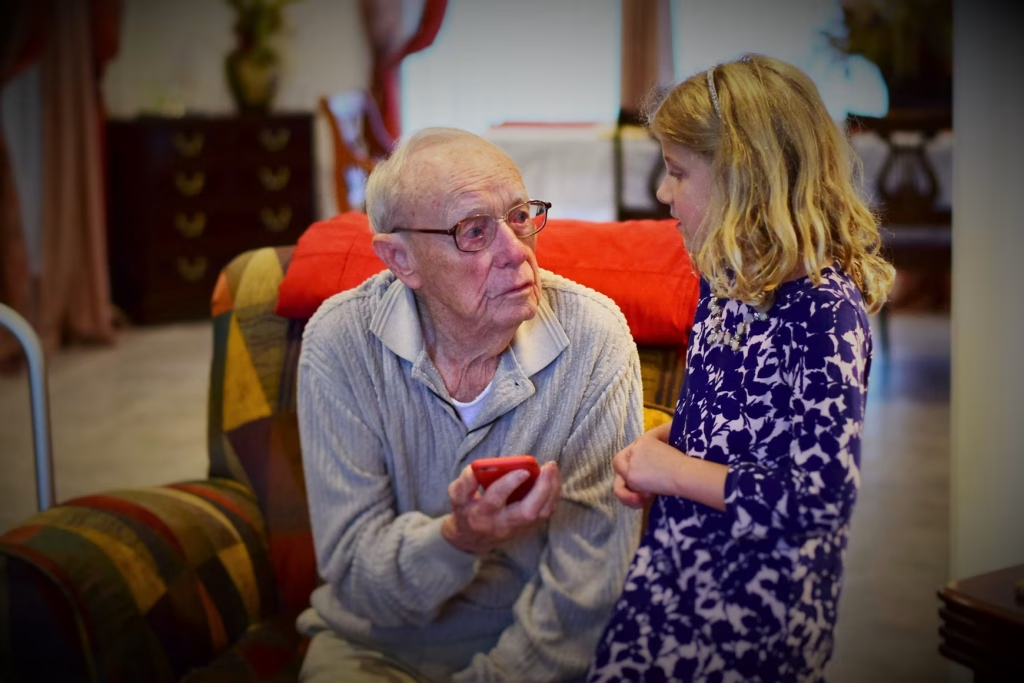
The toddler years are equal parts wonder and whirlwind. One minute your child is stacking blocks, the next they’re sinking teeth into a classmate’s arm or launching a shampoo bottle across the tub. Your pulse spikes, the questions flood in—Is this normal?
The short answer: yes, aggressive toddler behavior is common, and with steady guidance, it will ease. The five strategies below combine child-development know-how with practical, real-life tactics so you can protect everyone in the moment and teach lifelong self-regulation skills.
1. Stay Calm and Model Regulation
Toddlers are emotional mirrors; they borrow your nervous-system settings to steady their own.
- Use a steady tone and relaxed posture. Kneel to eye level, soften your shoulders, and say, “I see you’re mad. I’m here to help.”
- Narrate your coping. “My heart is beating fast, so I’m taking three deep breaths.” This shows them a concrete tool.
- Offer a calm presence, not a lecture. In the heat of the moment, fewer words and slower movements speak loudest.
Every peaceful response wires their brain to associate safety—not chaos—with conflict resolution.
2. Set Clear Rules and Praise Gentle Choices
Boundaries feel like hugs to a dysregulated brain; they make the world predictable.
- State rules in the positive. “Hands are for hugging and building” instead of “Don’t hit.”
- Rehearse gentle touch. Guide their hand to softly pat your arm, then label it: “That’s gentle.”
- Catch kindness quickly. The instant you see a soft touch or a patient wait, narrate it with enthusiasm: “You waited for a turn—your friend feels safe with you!”
Consistent language plus quick praise locks the desired behavior into habit.
3. Step In Safely When Things Escalate
When another child’s safety is at risk, swift, firm action matters.
- Block or hold gently. Wrap your arms around your toddler from behind (a secure “bear hug”) so they can’t swing or bite.
- State the limit. “I won’t let you hit.” Short, calm, and absolute.
- Reset together. Once calm, revisit the scene: “It was noisy and you felt crowded. Next time, we can say, ‘Space, please,’ or walk away.”
This pattern—intervene, label, rehearse—turns each incident into a mini-lesson instead of a power struggle.
4. Offer Physical Outlets for Big Feelings
Aggression often signals pent-up energy or sensory overload. Give that energy somewhere safe to land.
- Punch-pillow corner. A floor pillow they can wallop when anger spikes.
- Jump-zone. A small trampoline, mattress on the floor, or cushion pile for full-body release.
- Oral comfort. A silicone teether or crunchy snack can satisfy the urge to bite.
- Heavy work. Have them push a laundry basket full of books or carry a mini backpack of rice bags—proprioceptive input calms the nervous system.
Couple each option with permission language: “It’s okay to feel mad; pillows are for punching, people are not.”

5. Team Up With All Caregivers
Mixed messages slow progress; unity speeds it up.
- Share key phrases. “Hands are for helping” or “I won’t let you hit” should echo across home, daycare, and Grandma’s house.
- Compare triggers and wins. A quick weekly text thread or two-minute pickup chat keeps everyone updated on what’s working.
- Plan consistent consequences. Agree that biting ends playtime for a brief, calm reset—no matter who’s supervising.
A unified front gives toddlers a clear roadmap, reducing confusion and testing.
Empathy First—Every Time
Toddlers lack the words and brain wiring to manage huge emotions; aggression is their clumsy SOS. By staying calm, setting consistent limits, and teaching safe alternatives, you become their compass for emotional safety. This season won’t last forever, but the skills you build together will.
Have you tamed biting or kicking in your house? Drop your best tip (or your biggest struggle) in the comments below—we’re learning together.
Read More
- Spring Fever is Hitting; Time to Plant Some Bulbs
- 7 Signs Your Child Is Emotionally Overstimulated, Not Misbehaving

Samantha Warren is a holistic marketing strategist with 8+ years of experience partnering with startups, Fortune 500 companies, and everything in between. With an entrepreneurial mindset, she excels at shaping brand narratives through data-driven, creative content. When she’s not working, Samantha loves to travel and draws inspiration from her trips to Thailand, Spain, Costa Rica, and beyond.
Leave a Reply